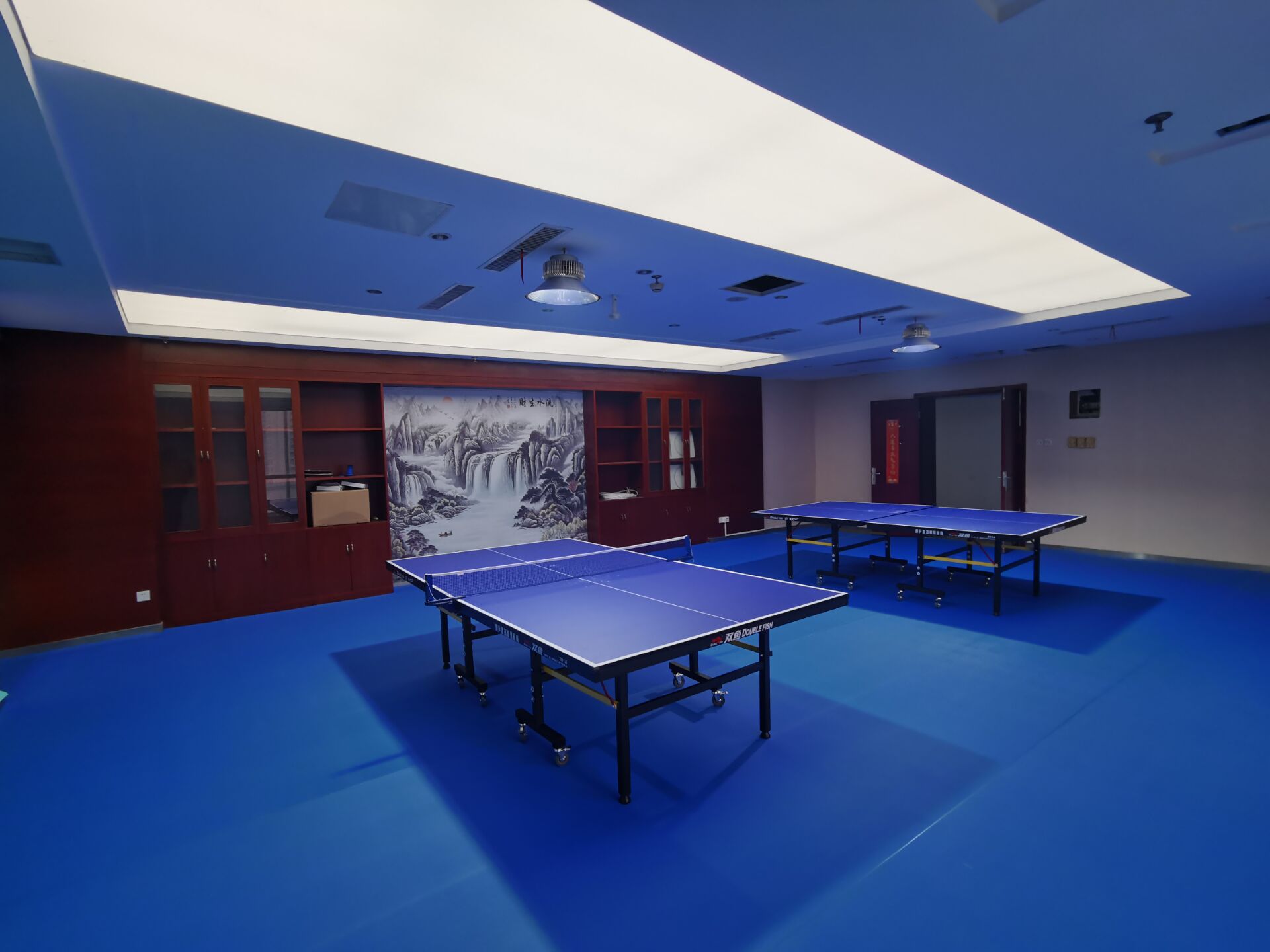Ноя . 26, 2024 06:31 Back to list
Innovative Solutions for Safe and Fun Playground Surfaces
The Importance of Choosing the Right Playground Flooring
When it comes to designing a playground, there are countless elements to consider—from the layout and equipment to safety and aesthetics. However, one of the most critical aspects that often gets overlooked is playground flooring. Playground flooring plays a significant role in ensuring both the safety and enjoyment of children as they play. As we dive deeper into this topic, we will explore various types of playground flooring, their benefits, and how to choose the right one for your needs.
Types of Playground Flooring
When selecting playground flooring, there are several options available, each with its own advantages and disadvantages.
1. Grass Natural grass is a common choice for playgrounds. It provides a soft landing surface for falls and is visually appealing. However, it may require frequent maintenance, including mowing and watering, and can become muddy or uneven with wear and tear.
2. Wood Chips Also known as mulch, wood chips are a popular choice due to their easy installation and affordability. They can absorb impact, reducing injury risk, but they need to be replenished regularly as they decompose or get displaced over time.
3. Rubber Tiles Interlocking rubber tiles are durable and provide excellent shock absorption. They are available in various colors and designs, allowing for creative playground aesthetics. Additionally, they require minimal maintenance but can be more expensive upfront.
4. Poured-in-Place Rubber This type of flooring consists of a seamless layer of rubber, poured directly onto the ground. It offers excellent safety features, including impact absorption and slip resistance, while also being customizable in design. However, it can be quite costly.
5. Artificial Turf Synthetic grass is a low-maintenance option that mimics the appearance of real grass. It provides a soft surface and is durable against wear. However, it can become hot in direct sunlight, which could be uncomfortable for children.
6. Concrete While not the softest option, concrete is often used in areas where heavy equipment is installed. It is durable and requires little maintenance, but safety measures should be implemented, such as adding rubber mats or softer landing areas around equipment.
Benefits of Quality Playground Flooring
Investing in quality playground flooring is essential for numerous reasons
- Safety The primary purpose of playground flooring is to protect children from injuries resulting from falls. Properly designed flooring can significantly reduce the risk of accidents. - Accessibility Good flooring should cater to children of all abilities. Options like rubber tiles and poured-in-place surfaces can provide a seamless experience for children with mobility challenges.
playground flooring

- Durability Playground surfaces must withstand the wear and tear of constant use
. Investing in durable materials can save costs in the long run by minimizing wear and maintenance needs.- Aesthetics Playground flooring can contribute to the overall look of the play area. Vibrant colors and designs can enhance the experience for children, making the area more inviting and engaging.
- Environmental Impact Many modern flooring options are made from recycled materials, contributing to eco-friendly playground designs. Choosing sustainable products can help reduce the environmental impact of playground construction.
Choosing the Right Playground Flooring
When selecting the right flooring for your playground, consider the following factors
1. Age Group of Children Different age groups have varying levels of activity and potential fall height; therefore, flooring should be chosen accordingly.
2. Location The climate and environmental conditions of your playground’s location can impact the choice of flooring. For instance, areas prone to heavy rainfall may require better drainage and quick-drying options.
3. Budget While quality materials may come with a higher initial cost, they often save money in maintenance and replacements. Determine your budget and weigh the long-term benefits.
4. Maintenance Understand the maintenance requirements of the chosen flooring. Some materials require more frequent upkeep than others.
5. Design Preferences Finally, consider the overall design vision for your playground. Aesthetic appeal should be balanced with functionality and safety.
Conclusion
In conclusion, selecting the right playground flooring is integral to creating a safe, enjoyable, and engaging environment for children. Each type of flooring offers unique benefits, and understanding these allows playground designers and operators to make informed decisions that prioritize safety and fun. By investing time and resources into choosing high-quality flooring, we enhance the play experience and foster a safe atmosphere for children to thrive.
-
Sport Court Tiles with AI Innovation | Durable & Safe
NewsAug.01,2025
-
Vinyl Carpet Flooring | Durable & Waterproof Design
NewsJul.31,2025
-
Premium Basketball Board Stand with GPT-4-Turbo AI
NewsJul.31,2025
-
Premium Maple Flooring for Gyms & Homes | PVC & Vinyl Options
NewsJul.30,2025
-
Premium Outdoor Basketball Court Tiles for All Weather Use
NewsJul.30,2025
-
Durable Basketball Board Stand for Indoor & Outdoor Use
NewsJul.29,2025

